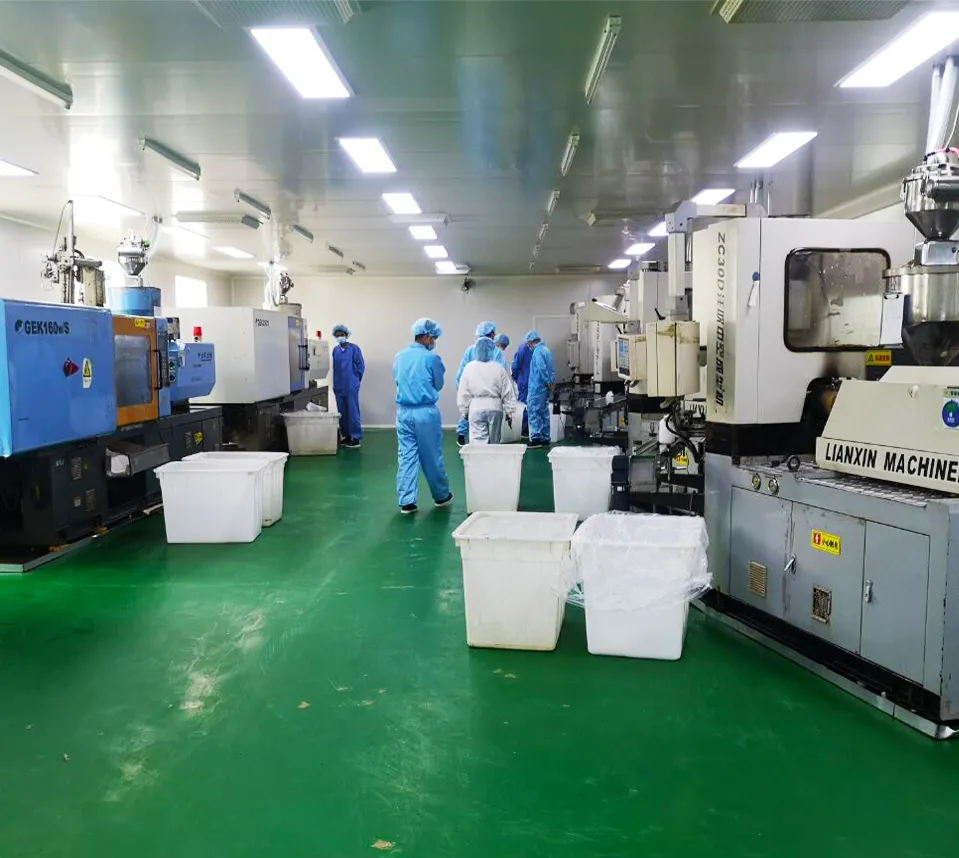lab reagent bottle
The Essential Role of Lab Reagent Bottles in Scientific Research
In the realm of scientific research, precision and organization are paramount. One key component that often goes unnoticed yet plays a crucial role in experiments is the lab reagent bottle. These bottles are not merely containers; they are fundamental tools that impact the integrity of the research process. This article will explore the significance, types, materials, and best practices associated with lab reagent bottles.
Significance of Lab Reagent Bottles
Lab reagent bottles are specifically designed for storing various chemicals and reagents used in scientific experiments. Their primary purpose is to ensure the safe and efficient storage, transportation, and handling of these substances, which can range from benign solutions to hazardous materials. Proper use of reagent bottles minimizes contamination risks, preserves the quality of the reagents, and helps maintain a clean lab environment, which is essential for accurate research outcomes.
Furthermore, the labeling of these bottles is critical. Labels provide essential information regarding the contents, concentration, expiration date, and safety precautions. This information is vital not only for individual researchers but also for laboratory teams and safety protocols. In a workspace where multiple substances are handled, being able to quickly identify reagents reduces the potential for accidents and enhances overall safety.
Types of Lab Reagent Bottles
Lab reagent bottles come in various shapes and sizes, each tailored to specific needs
. The most common types include1. Glass Reagent Bottles Often favored for their chemical inertness, glass bottles are ideal for storing organic solvents and acids. They resist corrosion and do not leach chemicals, ensuring the purity of the reagents. However, they are fragile and require careful handling.
2. Plastic Reagent Bottles Made from materials like polyethylene or polypropylene, plastic bottles are lighter and more durable than glass. They can be used for a wide range of reagents but may not be suitable for all chemicals, especially those that could degrade the plastic.
3. Amber Bottles These are specifically designed to protect light-sensitive substances. The dark glass or plastic prevents photodegradation of sensitive compounds, which is critical in fields such as biochemistry and pharmacology.
4. Dropping Bottles Equipped with a dropper cap, these bottles are used for dispensing small volumes of reagents accurately. They are particularly useful in titrations or when adding reagents in controlled amounts.
5. Screw-cap vs. Stopper Bottles Screw-cap bottles provide a tighter seal, which is vital for volatile substances, while stopper bottles are often used for bulk storage of solids or powders.
lab reagent bottle

Materials Used in Lab Reagent Bottles
The materials used in the manufacturing of lab reagent bottles significantly influence their application. Glass bottles are typically made from borosilicate glass, which can withstand extreme temperatures and chemical reactions. Plastic bottles, on the other hand, vary in composition; high-density polyethylene (HDPE) is strong and resistant to chemicals, while low-density polyethylene (LDPE) provides flexibility and ease of use.
Best Practices for Using Lab Reagent Bottles
To maximize the effectiveness and safety of lab reagent bottles, researchers should adhere to several best practices
1. Proper Labeling Every bottle should be clearly labeled with the full name of the reagent, concentration, date of receipt, and expiration date. It should also include hazard symbols if necessary.
2. Storage Conditions Reagents should be stored according to their specific requirements. Some may need to be kept in a cool, dark place, while others could be stored at room temperature or in a freezer.
3. Regular Inspection Lab personnel should periodically check bottles for signs of chemical reaction, degradation, or leaks. Any bottles that show these signs should be handled cautiously and disposed of according to safety regulations.
4. Avoiding Cross-Contamination Using dedicated apparatus for transferring chemicals between bottles can help prevent cross-contamination. Moreover, always ensure that the cap is replaced securely after use to maintain sterility.
5. Training and Compliance All lab staff should be trained in proper chemical handling and safety protocols related to reagent storage and usage. Compliance with guidelines ensures a safer working environment and promotes research integrity.
Conclusion
Lab reagent bottles are indispensable in scientific research, serving not just as storage solutions but as vital components that assure the integrity of the experimental process. By understanding their significance, types, materials, and best practices, researchers can enhance the safety and effectiveness of their work, ultimately contributing to the advancement of knowledge and innovation in various scientific fields.
-
Aesthetic Makeup Spray Bottles | Fine Mist Empty RefillableNewsAug.19,2025
-
White Plastic Veterinary Vaccine Vials | Lab Liquid BottlesNewsAug.18,2025
-
Plastic Medicine Liquid Bottle: Secure Flip Top Drug VialsNewsAug.17,2025
-
Durable 250ml Blue Plastic Vaccine Vial for Lab & Vet UseNewsAug.16,2025
-
Sterile Virus Sample Tubes: Secure & Reliable Specimen CollectionNewsAug.15,2025
-
White 250ml Plastic Vaccine Vial for Lab & Vet MedicineNewsAug.14,2025
























